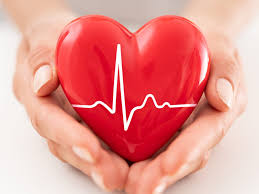
Homocysteine was discovered in 1969. I order it for all my patients. It is said to be one of the causes of increased cholesterol because it damages the vascular lining, and as a result the body manufactures more cholesterol to patch up the holes. So to treat or not to treat high cholesterol? I’ll leave that up to you to decide, but one thing I do know is that I don’t leave unhealthy levels of homocysteine untreated.
I have seen “normal” levels of homocysteine change over the years. Levels a little over 11 were considered high in men, and 10.5 in women. Now I see labs indicating that anything under 15 is normal. Something to know about lab normals – they are only based on the population being tested and changes from lab to lab, hospital to hospital. Lab normals decline or elevate depending on how sick the population being tested happens to be. The most important thing you need to know is what level is considered optimally healthy.
For homocysteine, you want your number to be 7 or less. The unit is micromols/L. When homocysteine is higher than it should be it starts boring holes in the vascular system (heart, brain and lungs). So you increase your risk for a heart attack, stroke or embolism.
The great thing is that homocysteine is not typically hard to lower. I use a product that combines B6, B12, and folic acid and trimethylglycine. And I always use a product that is methylated. High homocysteine is a bottleneck. When B6, B12 and methyl-folate are in short supply, Homocysteine builds up and wreaks havoc on the vascular tissue. Because it causes damage, it instigates a repair using cholesterol which results in a plaque. Ultimately these harden and narrow the passageway. When these nutrients are available, the homocysteine is converted to the more benign cysteine and methionine. As long as these nutrients are available the cycle goes around and around, but there is no back up that results in unhealthy levels of homocysteine.
Always request that your doctor order homocysteine. An important number to know. And easy to treat. You’ll potentially be saving yourself a lot of unnecessary pain.